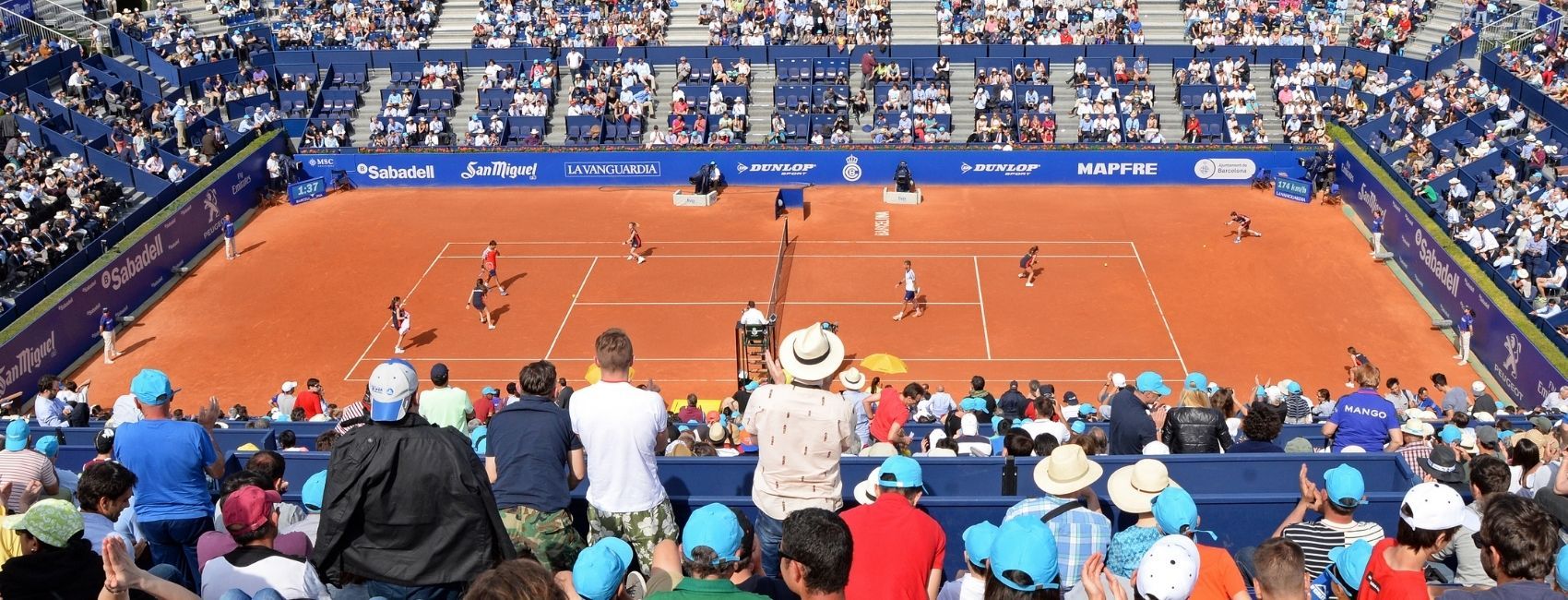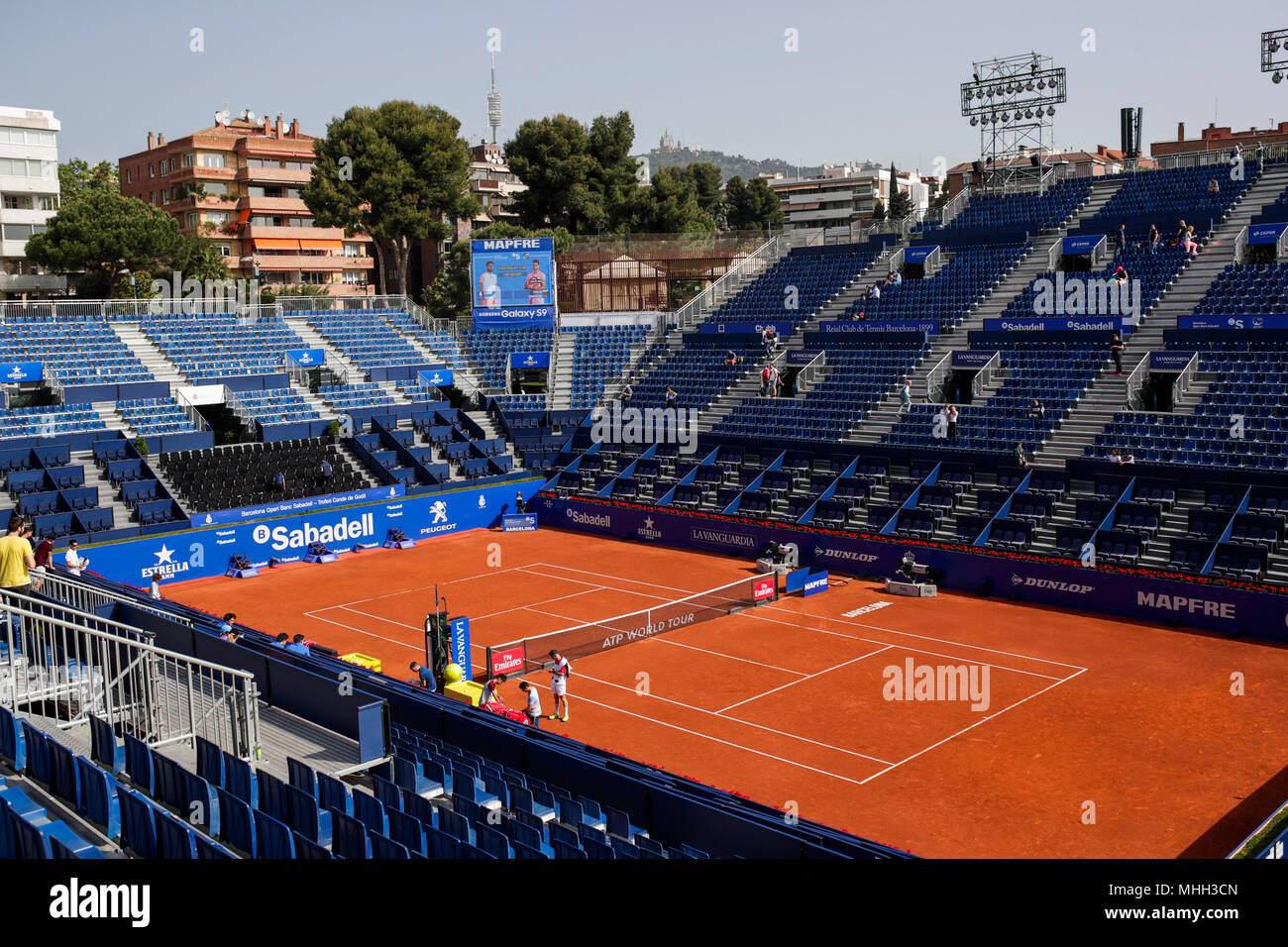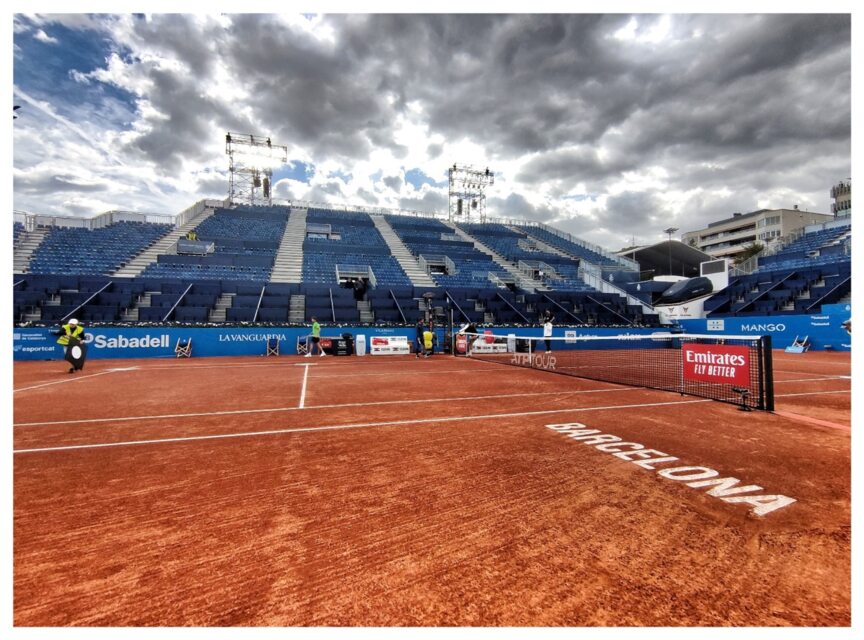The Barcelona Open, officially known as the Trofeo Godó, is one of the most prestigious tennis tournaments in Spain and a significant event on the ATP tour. Established in 1953, this clay court event has not only shaped the careers of many tennis players but has also played a pivotal role in popularizing the sport in Spain. This article explores the impact of the Barcelona Open on tennis in Spain, examining its history, influence on players, economic implications, and its role in fostering a tennis culture in the country.
History of the Barcelona Open

The Barcelona Open has a rich history that reflects the evolution of tennis in Spain. Initially a local tournament, it gained international recognition as the sport grew in popularity. Over the years, it has attracted top talents, including legendary players like Rafael Nadal, who has dominated the event with a record number of titles.
- Inauguration in 1953: The tournament started as a local competition, held in the Real Club de Tenis Barcelona.
- Growth through the 1980s: The Barcelona Open began to gain international prominence in the 1980s, attracting top players from around the world.
- Nadal’s Dominance: Rafael Nadal’s emergence in the mid-2000s further elevated the tournament’s status, as he has won it over 10 times.
The Tournament’s Influence on Players

The Barcelona Open has been instrumental in nurturing local talent and providing a platform for Spanish players to shine on the international stage. It offers young and upcoming players the opportunity to compete against elite competitors, which is crucial for their development.
- Development of Young Talents: The tournament serves as a springboard for young players, allowing them to gain valuable experience and exposure.
- Case Study – Carlos Alcaraz: The rise of Carlos Alcaraz, who won his first ATP title at the age of 18 during the 2021 Barcelona Open, exemplifies the tournament’s role in shaping the future of Spanish tennis.
- Networking Opportunities: Competing in the tournament allows players to build connections with coaches, sponsors, and fellow athletes.
Economic Implications of the Barcelona Open
The Barcelona Open is not just a tennis tournament; it is an economic powerhouse for the local community and the broader Spanish economy. The event generates significant revenue through tourism, sponsorships, and broadcasting rights.
- Tourism Boost: The tournament attracts thousands of spectators from around the world, significantly contributing to local tourism.
- Job Creation: The event creates temporary jobs in hospitality, security, and event management.
- Local Business Growth: Restaurants, hotels, and shops in Barcelona experience a surge in business during the tournament period.
Cultural Significance of the Tournament

The Barcelona Open holds a unique place in Spanish culture, contributing to the nation’s identity as a tennis powerhouse. The tournament promotes tennis as a sport that is accessible to all, encouraging participation from grassroots to professional levels.
- Grassroots Programs: The event supports various grassroots initiatives aimed at promoting tennis among youth, particularly in underprivileged areas.
- Celebrity Status of Players: The success of players like Nadal has turned them into cultural icons, inspiring the next generation to take up the sport.
- Media Coverage: Extensive media coverage of the tournament helps to maintain tennis’s popularity in Spain, showcasing both local and international talents.
The Role of the Barcelona Open in the Global Tennis Landscape

While the Barcelona Open is a national treasure, its impact extends beyond Spain. It has become a critical stop on the ATP tour, influencing global tennis trends and providing a competitive platform for players.
- Clay Court Expertise: The tournament has established itself as a key event leading up to the French Open, offering players vital clay court experience.
- Attracting Global Talent: The event consistently draws top-ranked players, enhancing its reputation on the international stage.
- Broadcasting Reach: The tournament is broadcasted globally, increasing the visibility of Spanish tennis and attracting international sponsors.
Challenges and Future of the Barcelona Open
Despite its successes, the Barcelona Open faces challenges that could impact its future. Competition from other tournaments, changes in player commitments, and the ongoing evolution of the sport itself present hurdles that organizers must navigate.
- Increased Competition: With numerous ATP tournaments vying for attention, the Barcelona Open must continuously innovate to maintain its allure.
- Player Participation: Ensuring that top players commit to the event amidst scheduling conflicts is crucial for its prestige.
- Economic Fluctuations: Economic downturns can affect sponsorship and attendance, posing risks to the event’s financial viability.
The Barcelona Open has left an indelible mark on the landscape of tennis in Spain, shaping the careers of countless players and contributing significantly to the sport’s popularity. Its rich history, economic implications, cultural significance, and role in the global tennis arena underscore its importance within the sport. As it continues to evolve, the tournament must address emerging challenges while remaining a beacon of excellence in tennis. With a legacy that blends tradition and innovation, the Barcelona Open is poised to remain a vital part of Spanish tennis for generations to come.


